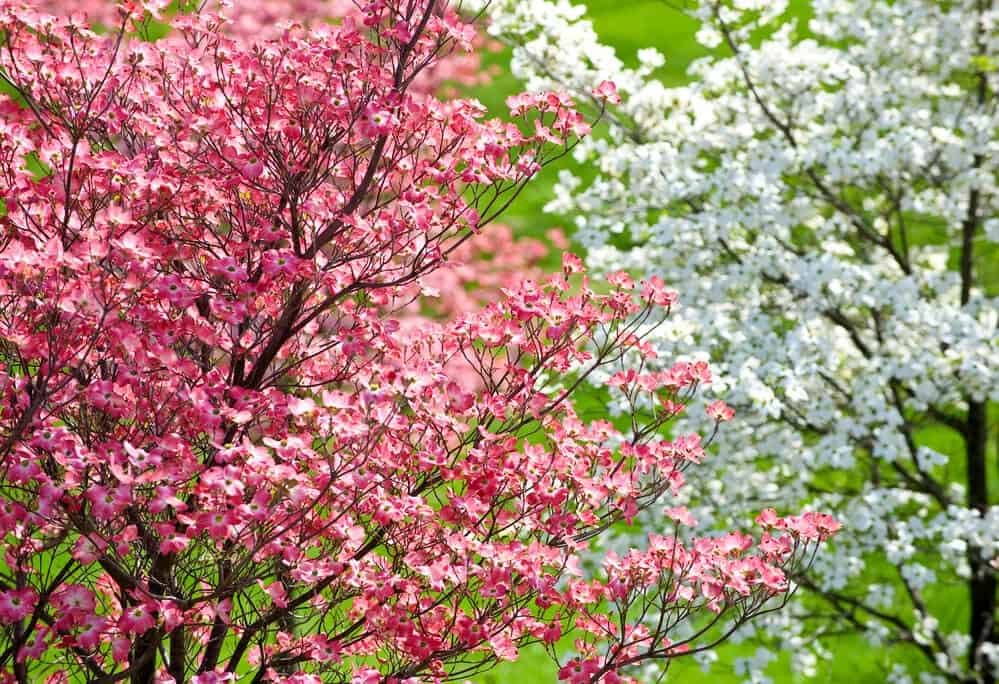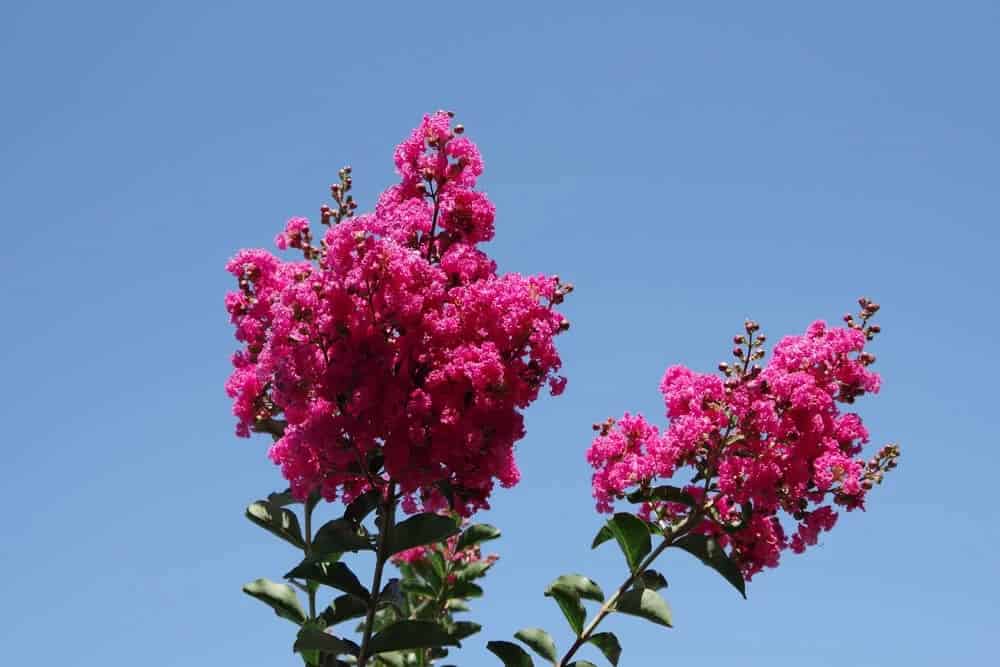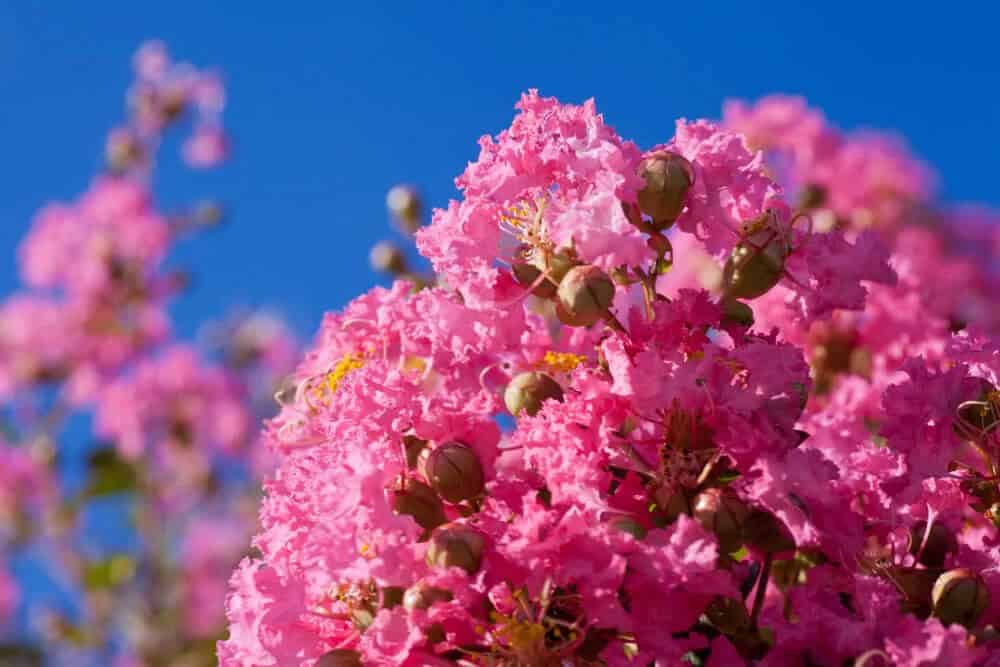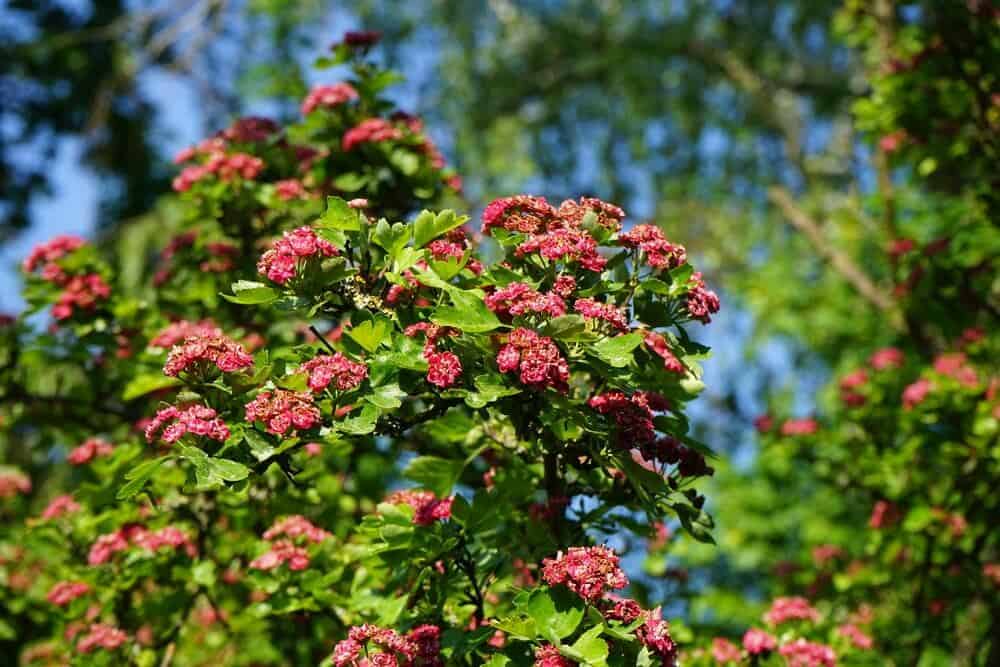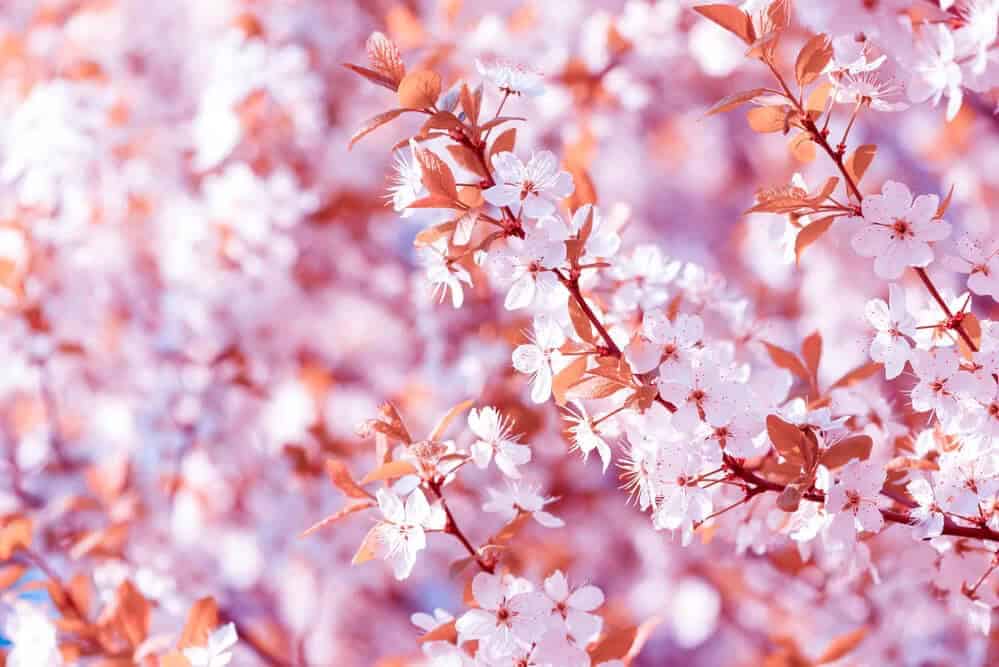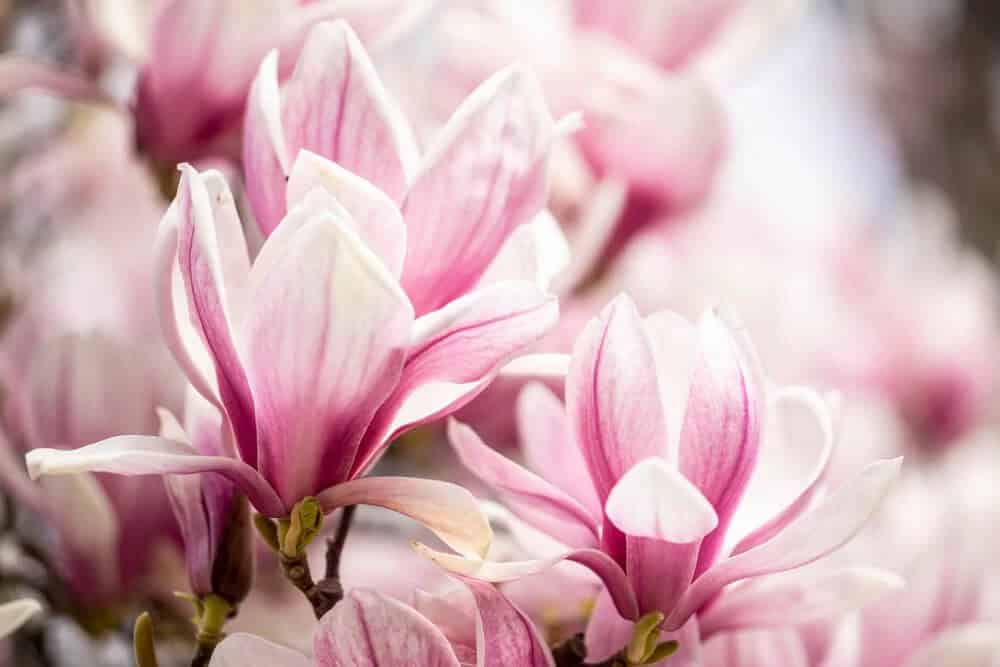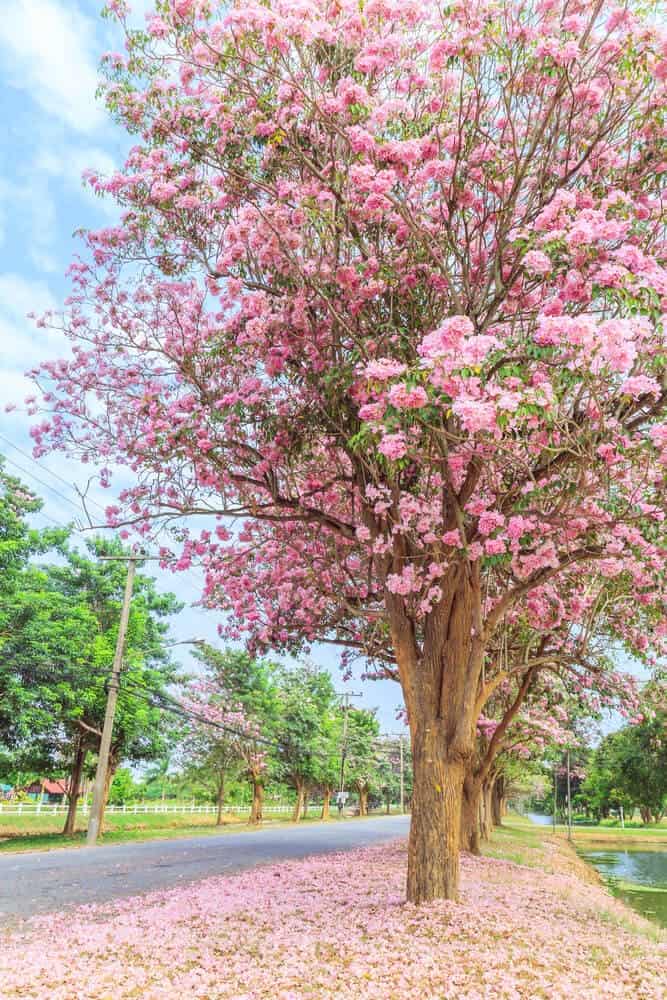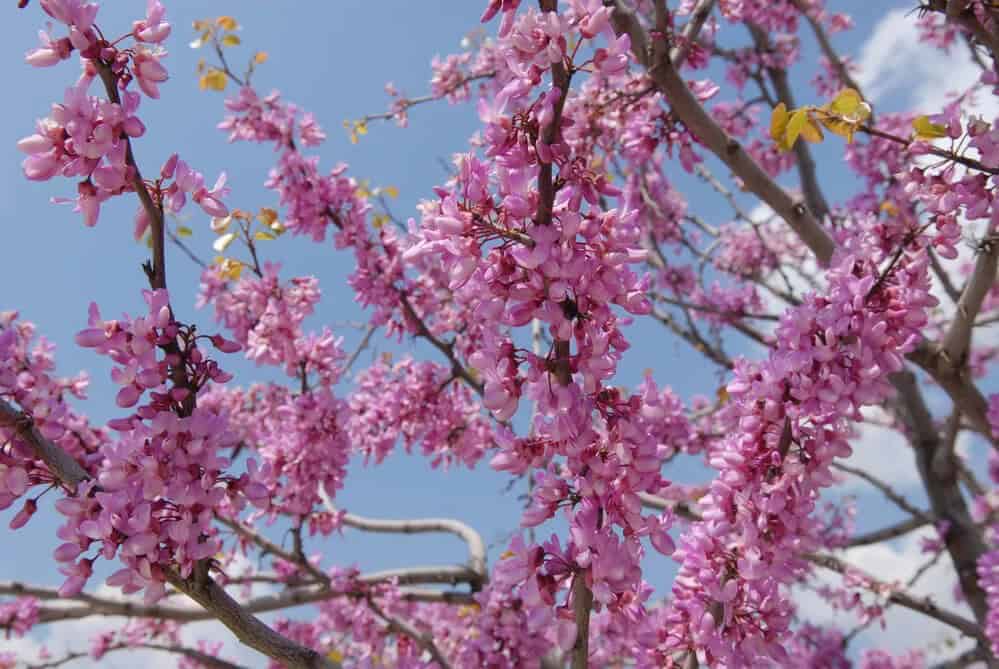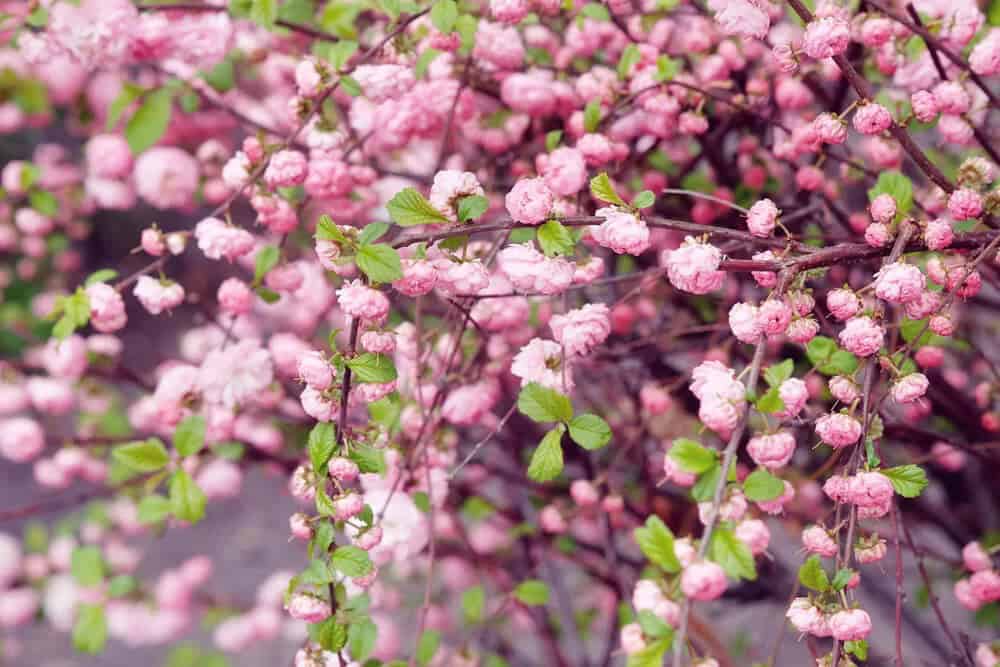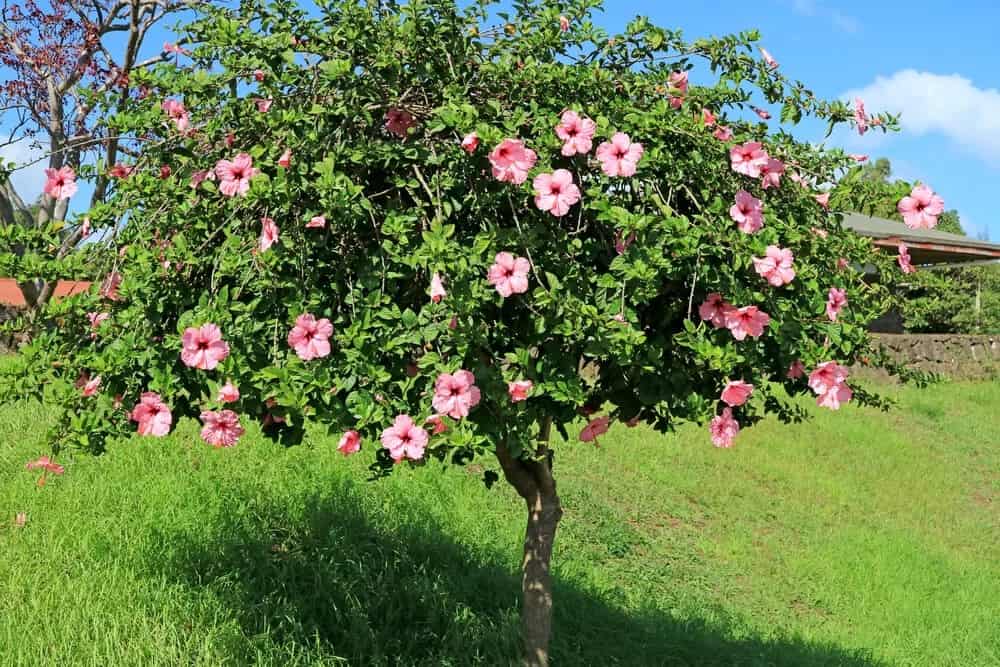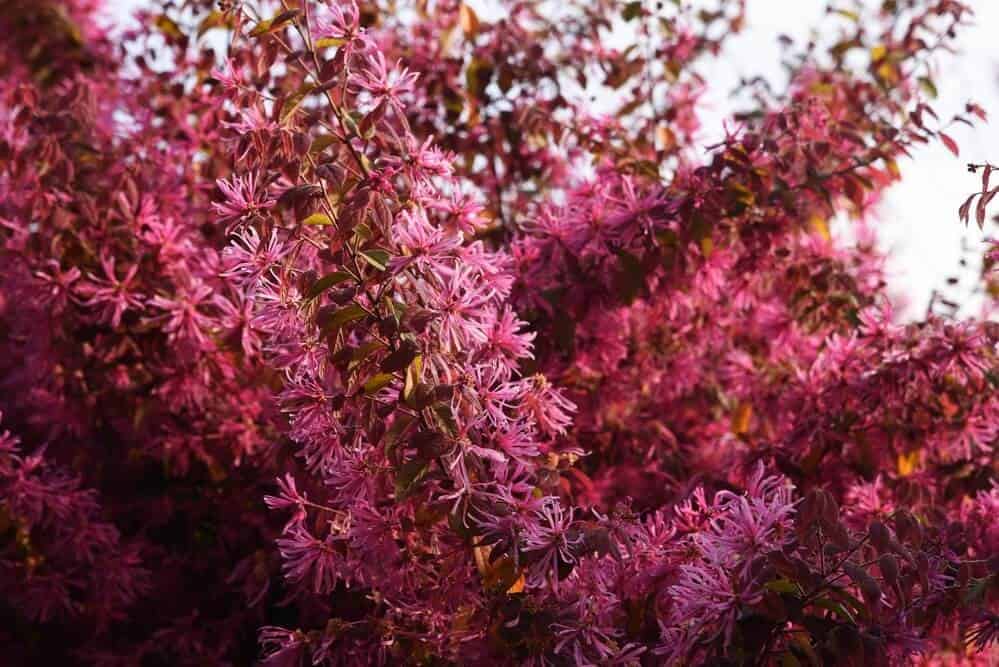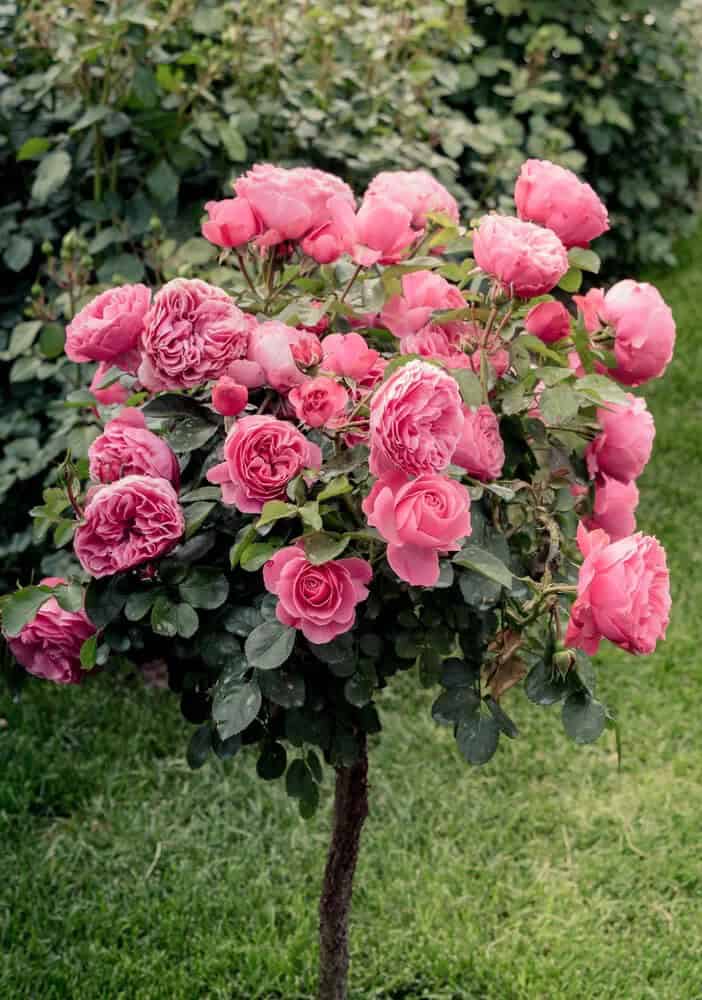Imagining a garden filled with the vibrant hue of pink flowers is a treat that’s hard to resist. Trees with pink blossoms offer an unparalleled display of color and beauty, making them a coveted addition to any outdoor space. With so many options available, it’s no surprise that you’d want to know more about the most popular varieties. In this article, we’ll delve into 20 stunning trees with pink flowers, each one showcasing its unique charm and character.
Key Takeaways
As we explore our comprehensive list of 20 best trees with pink flowers, several key takeaways will emerge. These insights will be scattered throughout our discussion, providing valuable plant knowledge. The following points are a few of the most significant: Firstly, you’ll discover that trees with pink flowers are incredibly resilient and can thrive in various regions worldwide. Secondly, many of these trees tend to be compact, growing between 10 to 30 feet tall.
This is just the beginning, as we’ll also explore how the colors and shapes of pink flowers vary across different species. Furthermore, you’ll learn that these blooms often attract pollinators crucial to your local ecosystem’s health. Additionally, many trees with pink flowers boast other attractive features such as unique leaves, fascinating growth habits, or striking bark textures. While it’s helpful to know about popular varieties, this will likely leave you with a few more questions.
To address the most common inquiries, we’ve also compiled answers to the top questions people ask about these types of plants.
Frequently Asked Questions About Trees with Pink Flowers
What Tree Has Pink Heart-Shaped Flowers?
While there may not be common trees that boast pink, heart-shaped blooms, it’s possible to find other types of plants with these distinctive features. The bleeding heart herbaceous plant is a notable example, sporting flowers with a heart-like shape. Furthermore, some trees can exhibit pink flowering and heart-shaped leaves, such as the redbud, which boasts purplish-pink blossoms and large, heart-arranged leaves.
Which Countries Have Pink Flowering Trees?
Pink-flowering trees can be found thriving in diverse parts of the world, a delightful surprise for nature enthusiasts. While they’re scattered across multiple continents, some regions stand out for their remarkable abundance of these floral wonders. East Asian countries like Japan, China, and Korea boast an impressive array of pink-blooming trees, with other Asian, European, and American nations also hosting notable populations.
Are There Pink Flowering Trees in America?
While there are numerous types of pink flowering trees found in the United States, many of these stunning plants have origins both within and outside the country. The ornamental value of their vibrant blooms has contributed significantly to their widespread cultivation, resulting in the presence of various species such as crabapples, cherry trees, and magnolias, among others.
What Pink Flowering Trees Are Common in Europe?
Many regions in Europe boast a diverse array of pink-flowering trees, with native species alongside imports from East Asia. Interestingly, this phenomenon is echoed in the Americas, where similar tree varieties thrive. In fact, some popular pink-blooming trees found in Europe are also prevalent in the United States. Magnolias and flowering plums are notable examples of these trees that have successfully migrated between continents.
Are There Trees with Pink Flowers in Florida?
While Florida shares some similarities with other parts of the United States in terms of its tree species, its warmer climate sets it apart from many others. As a result, when searching for trees with pink flowers in Florida, you’ll encounter a distinct array of options that have adapted to the region’s subtropical conditions.
Species like camellia, crape myrtle, and pink tabebuia thrive in Florida’s warmth, offering vibrant displays of pink blooms that are uniquely suited to the state’s climate.
Cornus florida ‘Rubra’ (Pink Flowering Dogwood)
When it comes to dogwood cultivars, the pink flowering dogwood (Cornus florida ‘Rubra’) stands out for its vibrant blooms. If you’re looking for a tree that offers year-round interest, this variety is an excellent choice. Its flowers typically burst forth in mid-spring, but even after they’ve faded, the tree continues to provide visual appeal through its bright red fruit in the fall.
Additionally, the pink flowering dogwood maintains a slender and elegant growth habit as it matures to around 30 feet tall and wide.
Lagerstroemia indica ‘Whit III’ (Pink Velour Crape Myrtle)
The pink velour crape myrtle brings a unique blend of ornamental value and visual interest to your garden design, with multiple aspects contributing to its appeal. The most obvious is the stunning display of pink blooms, which are a hallmark of this cultivar. Like other crape myrtles, the pink velour variety boasts a long-lasting bloom period that spans summer and fall, with the flowers persisting in vibrant clusters throughout. However, it’s the plant’s bark that sets it apart from its peers.
The large exfoliating patches feature a striking combination of grayish silver and light brown hues, adding an extra layer of visual appeal to this already attractive tree.
Lagerstroemia indica ‘Hopi (Hopi Crape Myrtle)
The crape myrtle family boasts an impressive array of stunning pink-blooming cultivars, with the Hopi variety standing out for its compact size and spreading, multi-stemmed growth habit. While it’s no surprise that the flowers of this particular cultivar are as vibrant and colorful as those of any other crape myrtle, what’s equally noteworthy is its strong resistance to mildew.
This resilience makes the Hopi crape myrtle an excellent choice for adding a splash of pink color even in tight, compact planting areas.
Crataegus laevigata ‘Paul’s Scarlet’ (English Hawthorn)
Despite its prickly nature, the English hawthorn offers an impressive display of showy pink blooms mid-spring. The blossoms emerge with a reddish hue before gradually transitioning to a soft pink as the petals unfurl. While the tree’s thorny branches may pose a challenge for maintenance, its dense growth habit and large deciduous leaves make it an ideal candidate for massing plants. When not in bloom, the English hawthorn remains a visually appealing addition to any garden.
Malus ‘Pink Spires’ (Pink Spires Crabapple)
The Pink Spires crabapple is aptly named, as its unique growth habit is reminiscent of a pink tower. Unlike other crabapples that tend to spread wide and tall, this variety has a more compact, upright shape that’s perfect for small spaces or gardens with limited room. In the spring, the tree’s spire-like form bursts forth in a vibrant shade of pink as the blooms open just before the green leaves emerge.
This lovely tree is an excellent choice for anyone seeking a pink-blooming specimen to grow in a tight area, and it also boasts stunning fall foliage when its leaves turn a warm copper color.
Prunus cerasifera ‘Krauter Vesuvius’ (Purple Leaf Plum)
The purple-leaf plum tree boasts a unique charm, not just from its early springtime blooms, but also from its striking foliage. This compact tree produces dainty light pink flowers before the leaves unfurl, but it’s the latter that truly steals the show. Initially bronzish-purple in hue, the leaves deepen to a rich dark purple by summer’s arrival.
The combination of these features – pink flowers, deepening foliage, and a harmonious blend of colors – allows this tree to command attention throughout the growing season.
Magnolia x soulangiana (Saucer Magnolia)
The magnolia family boasts an impressive array of ancient plant varieties, with several showcasing vibrant pink blooms. It’s no surprise then that multiple magnolias will feature on this list. Among them is the saucer magnolia, a medium-sized tree boasting a name as captivating as its appearance. Its flowers, comprising large, light pink petals, curve upward in a striking resemblance to a saucer perched on a plate.
These remarkable blooms typically emerge early in spring and thrive under protection from the harsh winter winds that follow.
Magnolia liliflora ‘Jane’ (Jane Magnolia)
For those who prefer a more compact magnolia, Magnolia liliflora offers a unique charm as it grows equally tall and wide, resembling a shrub-like form. Within this species, there exists a range of hybrids that boast impressive floral characteristics. One such notable hybrid is the Jane magnolia, whose flowers display a striking combination of reddish and whiteish hues that harmonize to create an overall pinkish shade. Like other magnolias, the Jane variety also blooms at the onset of the season.
Prunus serrulata ‘Kanzan’ (Japanese Flowering Cherry Tree)
While many pink flowering trees have their own unique charm, the Japanese flowering cherry tree stands out as one of the most iconic globally. Every year, people from around the world eagerly await cherry blossom seasons to marvel at the profuse blooms of this variety and its numerous counterparts. What sets this cultivar apart is not only its astonishingly abundant flowers but also their remarkable double-petaled beauty.
Furthermore, when it comes to cold hardiness, this cultivated type tends to outperform many others in its class, making it a popular choice for gardeners and tree enthusiasts alike.
Prunus pendula ‘Pendula Rosea’ (Weeping Cherry Tree)
The weeping cherry tree’s visual impact is amplified by more than just its showy blooms. Its long, pendulous branches create a captivating weeping habit that draws the eye. Each spring, clusters of light pink flowers emerge along these stems, imbuing the scene with an ethereal quality. When viewed from below, this cultivar has a mesmerizing effect, while its loose branches swaying in the breeze add dynamic movement and texture to your garden’s landscape from afar.
Albizia julibrissin (Mimosa Tree)
The Persian silk tree, or mimosa, offers a unique floral display that sets it apart from other pink-blooming trees. Its flowers are characterized by long, delicate strands that resemble the bristles of a paintbrush, with pure white tips and vibrant pink middles. This subtropical tree thrives in warmer climates and can tolerate temperatures found within hardiness zones 6 to 10, making it an attractive option for gardeners living in these regions.
Tabebuia rosea (Pink Tabebuia)
While the previous entry on our list of pink flowering trees focused on options suitable for subtropical climates, the pink tabebuia is another standout choice for those living in these regions. What’s more, this tree is an excellent option for homeowners seeking a larger specimen to dominate their yard. With its impressive stature, exceeding 100 feet in height and boasting a considerable spread, the pink tabebuia can serve as a highly effective shade tree.
Its expansive canopy further enhances the floral display during bloom time, presenting a stunning vista of vibrant pink hues.
Camellia japonica (Camellia)
Camellia trees are renowned for their breathtaking blooms, which surpass those of many other flowering trees. Characterized by large petals that overlap like a rose, these flowers come in a range of colors including pink. The striking contrast between the vibrant blossoms and the tree’s dark evergreen foliage is truly eye-catching. Notably, Camellia trees tend to be smaller in stature and do not thrive in direct sunlight.
Instead, they flourish when grown in filtered sunlight, where they can maintain their vibrancy and overall health.
Cercis canadensis (Eastern Redbud)
The eastern redbud, a small to medium-sized tree, heralds the arrival of spring with its vibrant floral display. Prior to donning its leaves, this deciduous tree awakens from dormancy to showcase an explosion of pinkish-purple blooms on every bare branch. This remarkable timing allows for a striking contrast between the barren limbs and the sudden burst of colorful flowers.
Moreover, the eastern redbud’s foliage is equally noteworthy, featuring large, heart-shaped leaves that provide a striking visual distinction compared to other tree species. The combination of its showy flowers and distinctive leaves makes the eastern redbud an attractive addition to any landscape.
Cercis occidentalis (Western Redbud)
While not everyone may have access to grow the eastern redbud, which thrives in the eastern United States, there’s an equally impressive alternative for those residing in the western half of the country. The western redbud, a close relative of its eastern counterpart, boasts strikingly similar floral characteristics, including early blooming and vibrant, dark pink hues. Like its eastern cousin, this tree is a haven for local wildlife, providing sustenance for birds and pollinator insects alike.
Its similarity in growth patterns and benefits to the ecosystem make it an excellent choice for those seeking to cultivate a redbud species that shares many of the same qualities.
Prunus triloba ‘Multiplex’ (Flowering Almond)
While often referred to as the flowering almond tree, it’s essential to manage your expectations when growing one of these plants. Unlike their name suggests, they don’t produce any edible nuts or fruits. Instead, their value lies in their stunning aesthetic appeal. The tree’s crowning glory is its double pink flowers, which can be enjoyed as a large shrub or small tree, depending on how well it’s cared for.
As the seasons change and fall arrives, the flowering almond tree continues to delight with its deciduous leaves turning a warm golden yellow, adding a splash of color to your garden.
Bauhinia blakeana (Hong Kong Orchid)
The Hong Kong orchid tree stands out among our list of trees with pink flowers due to its striking blooms. Unlike some other species on our list, which may have smaller petals, the Hong Kong tree boasts long, broad, and deep pink flowers. Its impressive size is another distinguishing feature, as this native Chinese tree can grow up to 25 feet tall or more. Furthermore, the tree’s bloom time is unique, with flowers typically present from late fall to mid-spring.
Notably, the Hong Kong orchid tree requires a specific climate to thrive, preferring hardiness zones 9 and warmer. As such, it may only be suitable for those living in regions where the weather remains relatively warm year-round.
Hibiscus rosa-sinensis ‘Pink’ (Hibiscus Tree)
The Hibiscus rosa-sinensis ‘Pink’ is a cultivated plant renowned for its vibrant pink blooms. As the summer reaches its peak, each flower unfurls alone amidst the lush foliage, showcasing its unique trumpet-like shape with a prominent central structure. This distinctive appearance makes the pink hibiscus tree easily recognizable. Interestingly, this tree’s growth habit can be manipulated by pruning and training it from an early age.
By doing so, you can coax it into developing an irregular multi-stemmed form or cultivate a more traditional single-trunked shape, depending on your desired aesthetic.
Loropetalum chinense var rubrum ‘Zhuzhuo Fuchsia’ (Chinese Fringe Tree)
Among the various types of Chinese fringe trees, one standout variety boasts bright pink blooms. The Loropetalum chinense var rubrum ‘Zhuzhuo Fuchsia’ cultivar is particularly notable for its vibrant flower color and intriguing texture, courtesy of its long, slender petals. This tree also presents an opportunity to showcase bonsai pruning skills, allowing you to craft a unique and artistic growth habit.
Rosa ‘Radcon’ (Rose Tree)
While not necessarily a traditional tree in terms of height, Rosa ‘Radcon’ is undeniably a striking addition to this list. Its compact growth habit allows it to thrive in smaller spaces, yet it still retains the structural charm reminiscent of its taller counterparts. The real showstopper, however, are its vibrant pink rose flowers – a truly lovely sight that deserves recognition.
With proper pruning and training, you can coax Rosa ‘Radcon’ into developing a single central trunk, surrounded by a lush, rounded canopy. As it matures, this tree-like shrub will reward your efforts with a stunning display of bright pink roses, rivaling the beauty found in other rose varieties.
Summary
With 20 stunning tree species featuring pink flowers now at your fingertips, the possibilities are endless for incorporating one of these lovely additions into your outdoor space. To ensure a successful outcome, it’s crucial to choose a tree that will flourish in your local climate conditions. Once you’ve found the perfect match, you can begin contemplating which of these exceptional trees boasts the ideal pink blooms to elevate your landscape.
By providing the right care and attention, your pink flowering trees will respond with an breathtaking floral display year after year.
